Washing white socks in the washing machine
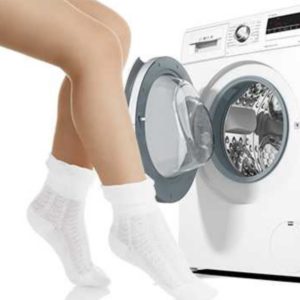 There is an opinion that you can only effectively wash white socks by hand. A washing machine helps refresh items, but does not always remove heavy dirt, which is clearly visible on light-colored fabric. Let's figure out whether this is true, or whether the machine can cope with this task.
There is an opinion that you can only effectively wash white socks by hand. A washing machine helps refresh items, but does not always remove heavy dirt, which is clearly visible on light-colored fabric. Let's figure out whether this is true, or whether the machine can cope with this task.
Automatic washing algorithm
The automatic machine really does not always cope with black spots. So, after spinning in the drum at an intensive mode, light-colored products may remain dirty. To prevent this, you need a special, competent approach to automatic washing. Let's figure out how to wash white socks in a washing machine to achieve the desired result.
Before throwing white socks into the drum, soak them in a warm soapy solution - this will make the dirt come off easier during further washing.
The machine washing algorithm is as follows:
- After soaking, turn the socks inside out and load them into the drum;
- Throw a couple of laundry balls or tennis balls into the machine. Due to the impact effect, dirt from the fabric fibers will be removed more effectively;
- Pour bleaching powder into the cuvette. If necessary, add a stain remover, special bleach, or a spoonful of baking soda;
- select a gentle washing program for white clothes with a water temperature of no more than 40°C, start the cycle.
Using special bleaching agents, it is usually possible to wash white socks in an automatic washing machine and cope with heavy stains. Therefore, you should not refuse to use stain removers and powders with whitening properties.
Why do difficulties arise?
White socks get dirty very easily - in just 3-4 hours the socks, heel and foot turn grayish-brown. To remove dirt from light-colored fabric and return it to its original whiteness, you will have to put in a lot of effort. Let's reveal the main secrets and tricks of experienced housewives.
So, to make your white socks shine clean again, you need to:
- wash them in warm or cool water. During hot washing, dirt will only become more deeply embedded in the fibers of the fabric, so too high a heating degree is not recommended;
- Pre-soak the stockings in soapy water for a couple of hours. It is advisable to use natural laundry soap, it effectively dissolves dirt and makes stains less persistent;

- Be sure to sort things by color, do not put white socks in the drum together with black ones. This way it will not be possible to achieve the original whiteness - the dirt will come off from the products, but the fabric will still take on an ugly grayish tint;
- choose a detergent with a whitening effect, do not neglect the stain remover (in case of serious, intense stains). Also, the powder should be matched to the material from which the socks are made. Products made from cotton, wool, and synthetics are washed in different ways; if you neglect this, you can irrevocably damage the item.
It is also important to properly organize drying. You should not hang white socks on radiators, heating devices, or in direct sunlight - this will cause yellow spots to appear on the fabric. Products should be dried in the fresh air, protected from bright sun.
Can also be washed by hand
You can completely control the process when washing by hand. This method of cleaning white socks is considered the most effective.This way it is usually possible to wash light-colored fabric even with very serious stains.
Hand washing is carried out according to the following rules:
- to begin with, white items are traditionally soaked in warm water with the addition of shavings of laundry soap;
- after 2-3 hours, drain the water from the basin, fill the container again and wash the socks with your hands in the most contaminated areas: on the heel, foot;

- After removing the dirt, the socks are rinsed several times in clean water and hung for further drying.
After manually processing the most contaminated areas, the socks can be thrown into the washing machine, so the washing will be as effective as possible.
If you combine both hand and machine washing, you can achieve excellent results. The socks will shine white, like new.
Boil especially dirty socks
When machine washing is unsuccessful, housewives try to wash the stains by hand. If you cannot bleach the fabric on your hands, you can resort to traditional boiling. This method has long proven its effectiveness. With its help you can remove the most stubborn stains.
After soaking the socks in water with the addition of laundry soap, you need to proceed as follows:
- fill a saucepan or enamel bucket with water;
- pour an “auxiliary” cleaning agent into the container, for example, 15 ml of ammonia, 2 tbsp. spoons of bleach, grated laundry soap or 60 grams of baking soda;
- put socks in the solution, wait until the water boils;
- “boil” the products for 20 minutes, while constantly stirring them with a wooden stick;
- Let the pan cool, take out the socks and rinse them in clean water several times.
By boiling you can wash the very black soles of your socks and return them to their former whiteness.Boiling will also help remove yellow spots and streaks from old stockings and eliminate the unsightly gray tint.
Although boiling gives excellent results in the fight against pollution, it is not worth resorting to this method often. Hot water negatively affects the fabric and disrupts the strength of the fibers.
We use pharmaceutical chemicals
To whiten socks, you don’t have to buy special household chemicals. You can resort to “folk” remedies that are less expensive, but no less effective. When trying to wash white fabric, some unexpected home remedies can help.
- Turpentine. The cleaning method is extremely simple: you need to fill a basin with 3 liters of water heated to no more than 40°C, dissolve 60-80 grams of dry washing powder in it and pour in 15 ml of turpentine. Dirty socks are immersed in the resulting solution and left to soak overnight. In the morning they need to be rinsed well and dried.
- Aspirin. Six tablets need to be finely crushed, the resulting powder should be diluted in a liter of water. Things are soaked in the solution for nine hours, then rinsed.
- Soda. This well-known substance will be a good helper in automatic washing. A handful of soda is poured into the cuvette, along with the main detergent. Socks are washed on a two-hour cycle with a water heating temperature of no more than 40°C.
- Mustard powder. Powdered mustard must be diluted with water to the consistency of sour cream, then applied to the most contaminated areas. The socks are left in this position for a couple of hours until the “mush” dries out. Afterwards, the products are washed in clean water by hand using laundry soap.
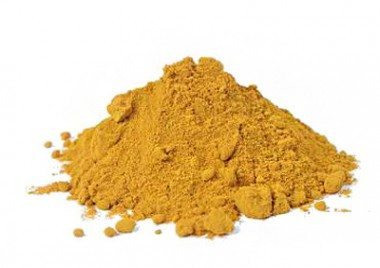
- Lemon juice. Select 3 ripe lemons, about 20 seconds.heat them in the microwave, squeeze out all the juice and dilute it in a liter of water. The socks are soaked in this solution for 6 hours. Citric acid is an effective natural bleach that helps quickly remove tough stains.
- Acetic acid. Four tablespoons of 9% vinegar are diluted in two liters of water heated to 40°C. You need to immerse socks in this solution, cover the bowl with polyethylene on top so that the vapors of the substance do not evaporate, and leave for 50-60 minutes. Next, all that remains is to rinse the products.
There are plenty of ways to clean dirty white socks. This can be done either manually or using an automatic machine, using special household chemicals or “folk” remedies.
Interesting:
Reader comments
- Share your opinion - leave a comment
Categories
Washing machine repair


For buyers

For users

Dishwasher


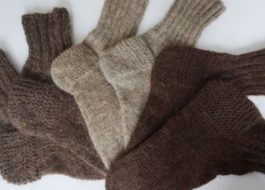
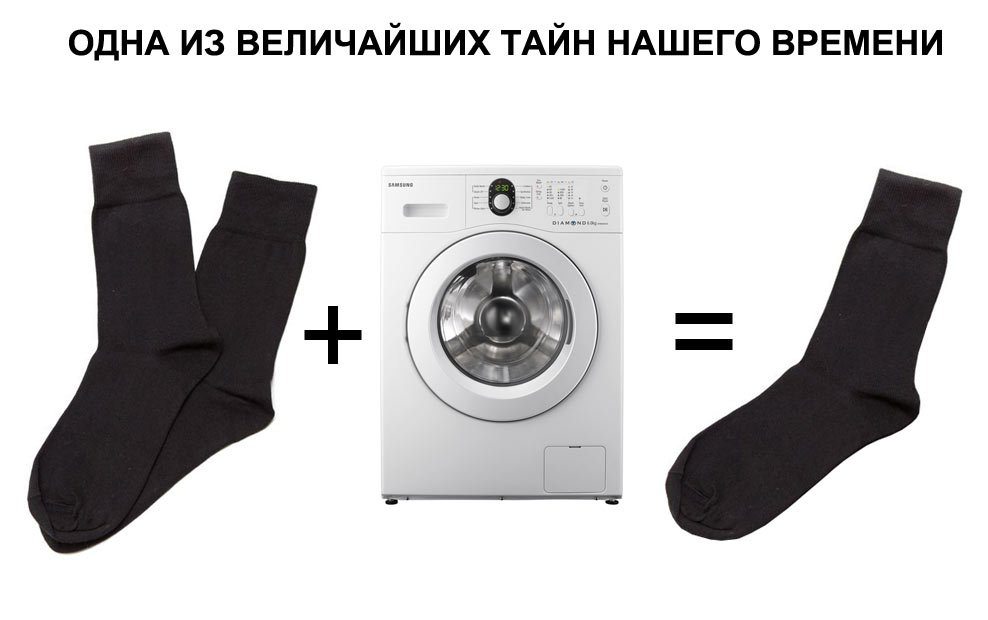
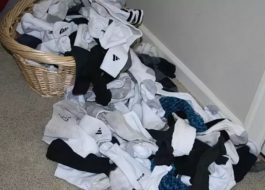
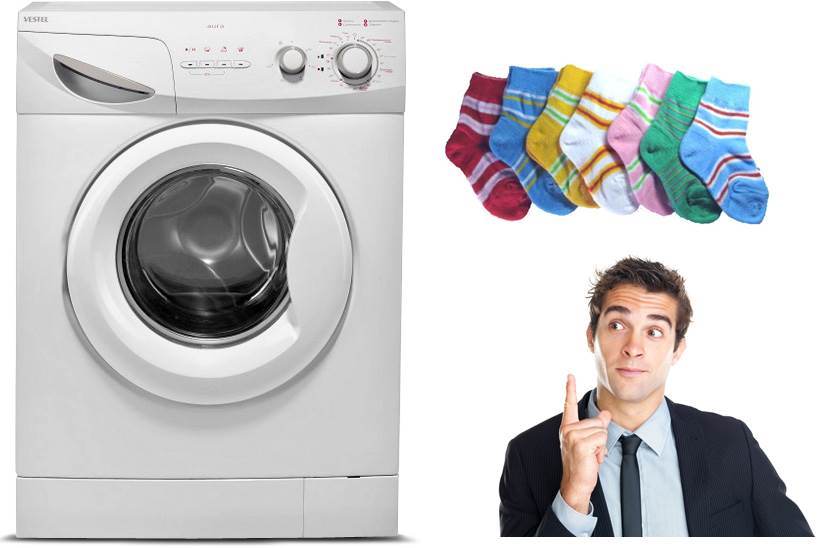
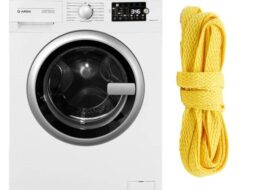










Add a comment